Ancient Dragon Temple

Beez Neez now Chy Whella
Big Bear and Pepe Millard
Fri 18 May 2018 22:07
|
Ancient
Dragon Temple, Huanglongxi
 At the end of a street we saw the Ancient Dragon Temple, to the right, Fish Alley led to
another old square, to the left, another shopping street by the river. To the
right of the entrance the information board read: The Ancient Dragon Temple
is located on the south of the main street and faces north. The oldest temple in
Huanglongxi Old Town, it boasts a 300-year-old Ten-millennium Platform and two
900-year-old banyan trees, Main buildings of the temple include the
Maitreya Hall, Grand Buddha Hall, Mother Buddha Hall, and Amitabha Hall. The
main hall of the temple consecrates Master Huang Long. In front of it stands a
One-thousand-Buddha Iron Pagoda. Buddhism is the Chan sect and Pure Land sect of
Mahayana. Legend has it that 1,800 years ago, Master Huang Long came here to
salvage the people from the abyss of misery. Now, the two Banyan trees planted
by the Master in the courtyard have twisted roots, gnarled branches, and huge
canopies. They have grown into an inseparable part of the temple. In fact, the
combination of the trees and the temple forms a rare marvel of the world. The
Ancient Dragon Temple is known for the organic integration of its three ancient
features: ancient temple, ancient stage, and ancient Banyan trees, making it the
number one temple in the old town. Well, after reading that it would have
been daft not to step in.
 In front of us was the main courtyard.
 Behind us, the entrance through which
we had stepped from the main street, above it – the
stage.
The Ancient Opera House, also
named as Ten-thousand-year House, was built at the beginning years of Qing
Dynasty, and has a history of over three hundred years. Monasteries, ethnic
clubs, and towns built opera houses for worshipping and entertaining.
Ten-thousand-year House in Yellow Dragon Creek is an all-wooden structure and is
nearly kept intact, of which sort is hard to find in whole
province.
   Bear went to pose beside the first of the banyan trees and while I was reading the
information – out came the trigger finger. Perhaps
my favourite information
board in China so far, I did type it out but somehow the way we saw it
seemed more appropriate.
 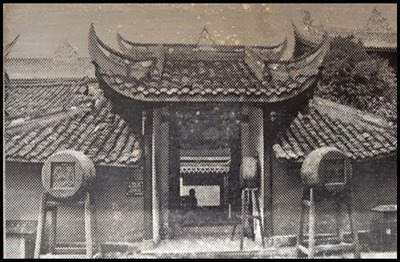   The Yamun of
Three Counties was commonly called Zong-fu Yamum, and built in the Qing
Dynasty. It was established for three counties of Huayang, Renshou and Pengshan
to build Ancient Buddhist Weir as administrative agency. During the period of
the Republic of China, it started to manage civil affairs, irrigation works and
banditry of the three counties so the people prefer to calling “Yamun of Three
Counties”. Nowadays, it is the only well preserved Yamun of Three Counties. In
2007, it was listed as the Sichuan provincial-level key cultural relic.
(Yes, I was confused copying Yamum and Yamun in the same sentence). Time to
bimble.
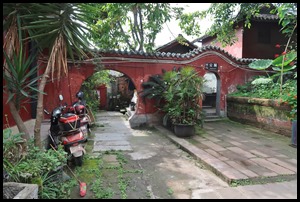  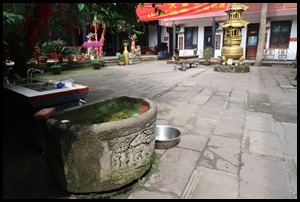      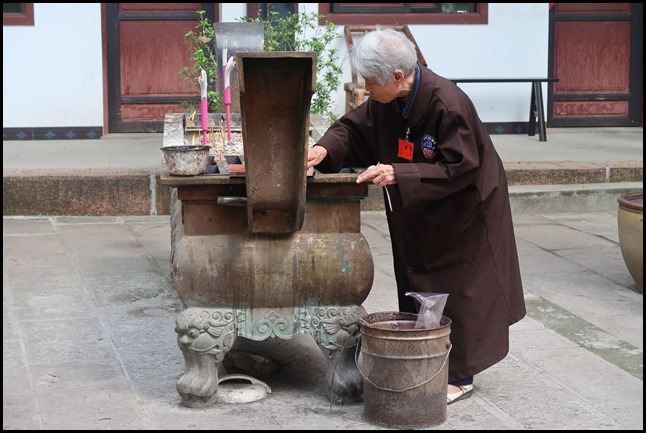  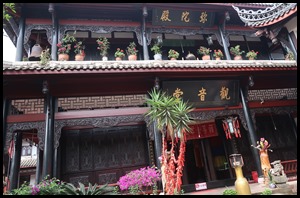   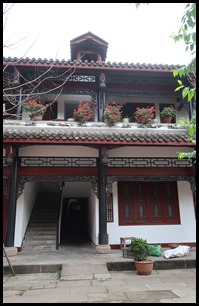    We thoroughly
enjoyed the temple and then followed a tiny path to the back of the main
building.
 Along the back wall and round the
corner to the left were fifty-eight of Buddha’s
‘apostles’.
      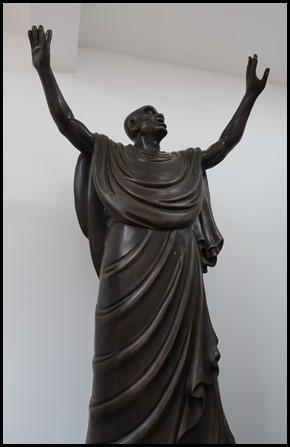 Every single one was unique.
   Passed the protectors and the pretty living
quarters.
  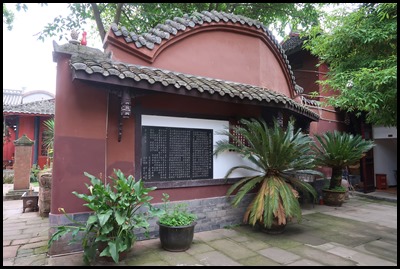 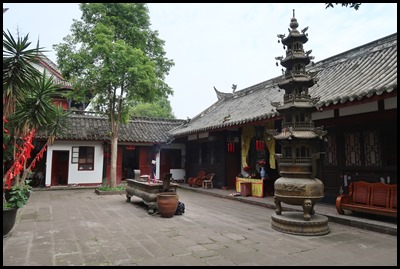 Back to the courtyard and it was time for a cup of tea by the
river............
ALL IN ALL A
REAL TREASURE
A PRETTY BACK-STREET OASIS OF
CALM |